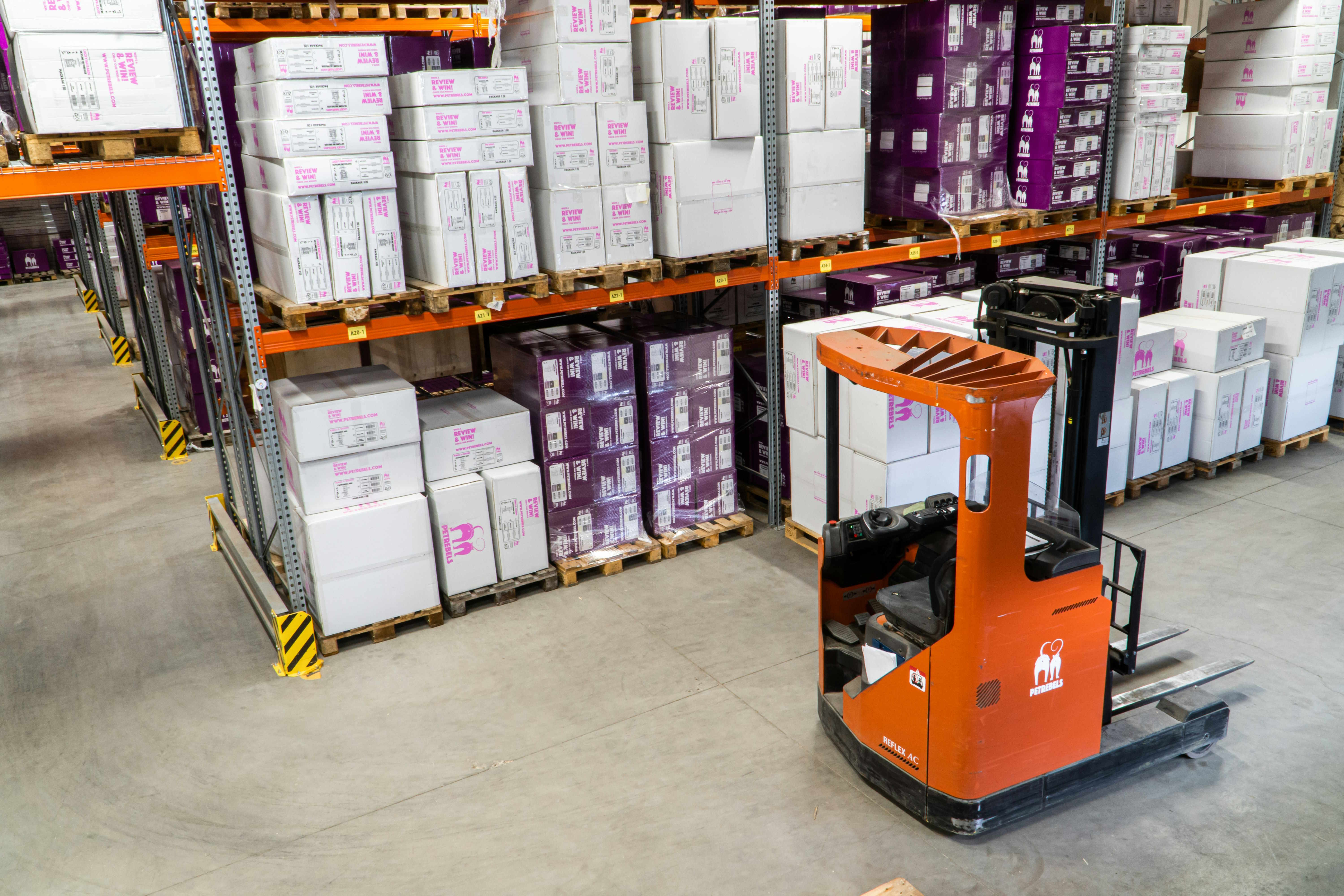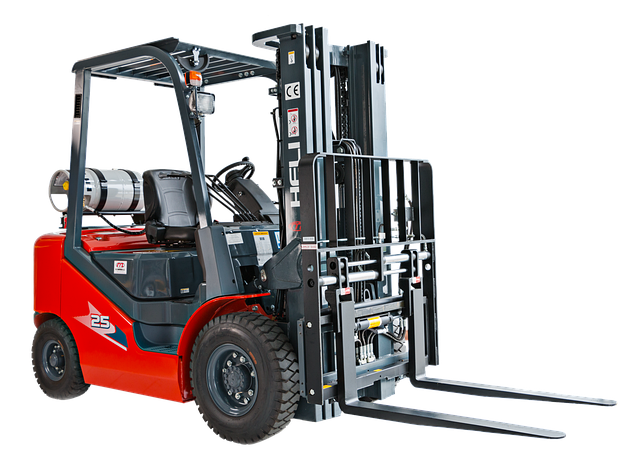Maximizing Storage Efficiency with Warehouse Racking Solutions
Maximizing storage efficiency is essential for any warehouse aiming to improve productivity and reduce operational costs. With the right racking solutions, businesses can make the most of their available space, improve inventory accessibility, and ensure safer, more organized storage. From selective pallet racking to high-density systems, the right design not only optimizes floor space but also enhances workflow efficiency. By tailoring racking solutions to specific operational needs, warehouses can achieve higher capacity without the expense of expanding their facilities.
How to Choose the Right Racking System for Your Warehouse Layout?
Selecting the appropriate racking system is crucial for maximizing storage efficiency in your warehouse. The first step is to assess your warehouse layout, including ceiling height, floor space, and aisle width. Consider the types of products you store, their dimensions, weight, and turnover rate. Popular racking options include selective pallet racking, drive-in racking, push-back racking, and cantilever racking. Each system has its advantages, so it’s essential to match the racking type with your specific needs. For instance, selective pallet racking offers excellent accessibility but may not be the most space-efficient option for high-density storage requirements.
What Strategies Can Optimize Space Without Expanding Your Facility?
Optimizing warehouse space without physical expansion is a cost-effective approach to increasing storage capacity. One effective strategy is to implement vertical storage solutions, making use of the often-underutilized overhead space. This can be achieved through the installation of mezzanine floors or high-bay racking systems. Another approach is to adopt narrow aisle racking, which allows for more aisles and rack rows within the same floor space. Additionally, consider implementing a warehouse management system (WMS) to optimize product placement and picking routes, further enhancing space utilization and operational efficiency.
Which Cost-Effective Upgrades Boost Storage Capacity?
Several cost-effective upgrades can significantly boost your warehouse’s storage capacity. One such upgrade is the implementation of mobile racking systems, which eliminate the need for multiple fixed aisles by creating movable rows of racking. This can increase storage capacity by up to 50% compared to traditional static racking. Another effective upgrade is the use of double-deep racking, which allows pallets to be stored two deep on each side of an aisle, maximizing space utilization. For smaller items, installing carton flow racks or bin shelving can dramatically increase storage density and improve picking efficiency.
How Does Automated Storage and Retrieval System (AS/RS) Impact Efficiency?
Automated Storage and Retrieval Systems (AS/RS) represent a significant leap in warehouse efficiency and space utilization. These systems use computer-controlled machines to automatically place and retrieve loads from defined storage locations. AS/RS can operate in very narrow aisles and reach great heights, maximizing both horizontal and vertical space utilization. While the initial investment can be substantial, AS/RS offers numerous benefits, including reduced labor costs, improved accuracy, and increased storage density. For businesses with high-volume operations or those dealing with a large number of SKUs, AS/RS can provide a substantial return on investment over time.
What Are the Latest Trends in Warehouse Racking Technology?
The warehouse industry is continuously evolving, with new technologies emerging to enhance storage efficiency. One notable trend is the integration of IoT (Internet of Things) sensors with racking systems to provide real-time inventory tracking and optimize space utilization. Another emerging technology is the use of augmented reality (AR) for warehouse planning and design, allowing managers to visualize different racking configurations before implementation. Additionally, there’s a growing focus on sustainable racking solutions, including the use of recycled materials and energy-efficient designs that contribute to a company’s overall sustainability goals.
How Do Different Racking Systems Compare in Terms of Cost and Efficiency?
When considering warehouse racking solutions, it’s essential to compare different systems in terms of both cost and efficiency. Here’s a comparison of some popular racking systems:
| Racking System | Initial Cost | Space Efficiency | Accessibility | Best For |
|---|---|---|---|---|
| Selective Pallet Racking | Low | Moderate | High | General warehousing |
| Drive-In/Drive-Through Racking | Moderate | High | Low | High-density storage of uniform products |
| Push-Back Racking | High | High | Moderate | LIFO inventory management |
| Cantilever Racking | Moderate | High for long items | High | Long or irregularly shaped items |
| Mobile Racking | Very High | Very High | Moderate | Maximum space utilization |
Prices, rates, or cost estimates mentioned in this article are based on the latest available information but may change over time. Independent research is advised before making financial decisions.
In conclusion, maximizing storage efficiency with warehouse racking solutions requires a comprehensive approach that considers your specific storage needs, available space, and operational requirements. By choosing the right racking system, implementing space optimization strategies, and considering cost-effective upgrades, businesses can significantly improve their warehouse efficiency without necessarily expanding their physical footprint. As warehouse technology continues to evolve, staying informed about the latest trends and innovations can help companies maintain a competitive edge in the ever-changing landscape of logistics and supply chain management.





